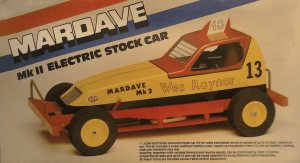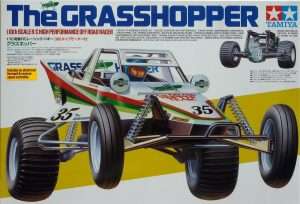Radio-controlled (RC) cars have a fascinating history that spans over half a century. Here’s a brief overview:
The origins of RC cars can be traced back to the late 1940s and early 1950s, when hobbyists began experimenting with remote-controlled vehicles. These early models were often rudimentary, powered by small gasoline engines or batteries, and controlled via tethered wires rather than radio signals.
The real breakthrough came in the 1960s with advancements in radio technology. In 1966, the British company Mardave is credited with producing one of the first commercially available RC cars. Around the same time, Italian manufacturer El-Gi (Elettronica Giocattoli) released the “Ferrari P4” in 1968, a 1/10-scale model considered a milestone in RC history. These early cars used basic AM radio systems to transmit steering and throttle commands.

The 1970s marked a golden age for RC cars as the hobby grew in popularity. Companies like Tamiya (Japan) and Associated Electrics (USA) entered the market, introducing more sophisticated electric-powered models. Tamiya’s “Rough Rider” (1979), a 1/10-scale buggy, became iconic for its detailed design and off-road capability. During this decade, nitro-powered (nitromethane-fueled) cars also emerged, appealing to enthusiasts seeking speed and realism.

In the 1980s, the hobby became more competitive and accessible. The establishment of organized racing bodies, like the Radio Operated Auto Racing (ROAR) in the U.S., standardized rules and fueled the rise of RC car racing. Technological improvements, such as proportional steering and speed control, made cars more precise and user-friendly.
The 1990s and 2000s saw further innovation with brushless electric motors, lithium-polymer (LiPo) batteries, and 2.4 GHz radio systems, which eliminated frequency interference issues from earlier FM/AM setups. Brands like Traxxas and HPI Racing popularized ready-to-run (RTR) models, broadening the appeal beyond dedicated hobbyists.
Today, RC cars range from affordable toys to high-end machines capable of speeds exceeding 100 mph (160 km/h). They’ve evolved into a global phenomenon, with vibrant communities, professional racing circuits, and even drone-inspired tech like FPV (first-person view) control. From humble beginnings to a high-tech hobby, RC cars reflect decades of engineering ingenuity and passion for motorized fun!
